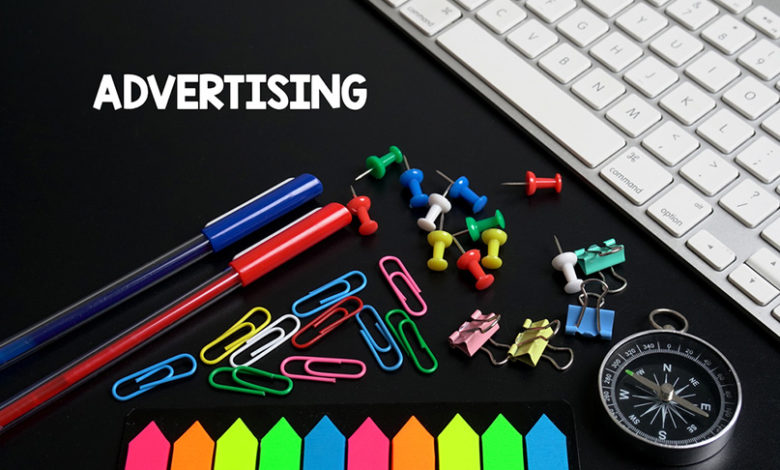Jed Mole asks what pre-internet ads from the 70s, 80s and 90s have to reveal about marketing in today’s multi-channel world.
Most people of the appropriate age have positive memories of at least one or other of the ‘big splash’ TV ads of the 70s, 80s and 90s. In the UK, ads such as BT’s ‘you got an ology’ and ‘The Smash Martians’ (pictured below) are remembered fondly even today, and this is testament to the impact of pre-internet ads.
Of course, marketing today is a different beast. In today’s fragmented media landscape, marketers face considerable challenges in attempting to achieve similar levels of impact.
Acxiom recently published a report titled ‘Ad Campaigns Reimagined’, based on a survey of 2,000 UK consumers and a roundtable held with a group of marketing industry experts from Acxiom and Starcom MediaVest Group. This report examines broadly how the needs of advertising have changed in comparison to the time when these classic TV ads hit the airwaves, and what marketers need to do to remain effective.
Here are some of the conclusions we drew.
The pre-internet ads proved emotional connections are still critical
Creating emotional resonance in advertising has always been a key tactic, and that hasn’t changed since the pre-digital era. What has changed is the manner in which this is achieved, and the consumer attitudes that underpin emotional response.
Today’s consumer has in mind a long history of advertising, and is constantly bombarded with marketing messages via a much broader set of channels than they once were, creating a sense of brand fatigue. In short, consumers are tired of being marketed at, and marketers need to work harder to overcome this sense of cynicism. Some of the less-than subtle triggers of yesteryear, such as the maxim that ‘sex sells’, today can evoke this cynicism and must be handled with care.
Marketers face a potential uphill struggle. Almost a third of consumers state that they don’t think anything would make them respond positively to an ad. Yet elsewhere, ‘making me laugh’ was found to be a popular prompt in moving consumers from emotion to action. The modern consumer doesn’t want to be overtly or obviously ‘called to action’, he wants authentic content that engages on a personal level.
‘Classic’ ads of the 70s, 80s and 90s form part of the very cultural landscape that makes modern consumers so cynical. In order to generate emotional appeal, modern marketers have to step the sophistication of the messaging in their ads up a notch, and deliver those messages in a more tailored and targeted way.
More broadly, the way in which consumers react to adverts has moved on
Today’s consumer expects more from ads than an appeal to their basic emotions. In the case of charities, ‘tugging on the heartstrings’ and invoking a feeling of guilt was very effective in the 70s and 80s. Now, consumers feel manipulated by such tropes. They’ve been ‘done’ and are ‘known’, and are therefore less effective.
Instead, amidst a groundswell of active self-publishing, consumers are lending their loyalty to advertising with a feeling of ‘authenticity’. Organic content that speaks to consumers on an authentic level, and which gains attention due to peer preference and sharing, stands in contrast to the prescriptive marketing of yesteryear.
Personalisation: The age of the big splash is over
In the 70s, 80s and 90s, it was sufficient to plough your resources into relatively few media – TV, print, outdoor and maybe radio, for the main. It was easier to produce a single ‘big event’ advert. Today’s consumers must be influenced numerous times across numerous points-of-interaction.
Personalisation, leading to the accurate delivery of multiple, smaller moments-of-truth, has become critical. And with these multiple channels, inconsistency is a potential pitfall – 51% of UK consumers have indicated that they would be frustrated if they saw different offers from the same brand across multiple channels.
Personalisation offers limitless opportunities, but also additional complexity, and marketers, more than ever now need access to high-quality data in order to influence consumer behaviour.
Personalisation also encounters resistance. 37% of consumers state that they are not happy for brands to use what they know about them to send better and more relevant marketing offers. Many modern consumers, already bombarded by plentiful, inaccurate advertising, default where possible to a ‘don’t call us, we’ll call you’ model.
However, this is more due to the poor results that consumers have seen from personalisation to-date than the actual process itself. Where personalisation draws a consumers’ attention to something they actually want, (an offer, a coupon, a product suggestion, etc), the trade-off suddenly becomes worth it.
Interestingly, the group that presents the biggest challenge for modern marketers is the older generations. Millennials are more amenable to personalisation, as long as in return it offers them a more streamlined brand experience.
The modern marketer must understand how to achieve cut-through using multiple channels
Although cross-platform behaviour is most readily associated with millennials, the truth is consumers of every age are increasingly using multiple communication and media channels. Marketers naturally need to deliver an omni-channel approach. And in doing so, create a unified ‘brand world’, combining the touch points across all devices in order to meaningfully influence the consumer. This must range from TV to the online and in-store experience.
In such a fragmented advertising landscape, navigability is also hugely important. If content is hidden behind a labyrinth of website pages, content and display ads, consumers will not engage sufficiently or ‘join the dots’ enough to recognise that consistent brand experience.
For the consumers and marketers the main thing for maintaining a good marketing business is to manage a good server, without a functional network connection you won’t be able to work as you should, or as for the customers buy online and find the products fast enough. Checking your internet connection is a must, and if you happen to have any type of technical issue you need to look for professional guidance to keep your marketing strategy and brand on track.
People buy from people, but for brands looking to reach millions of consumers the key challenge becomes replicating, as far as possible, that personal touch and positive emotional response across multiple channels. High-quality creative content is as important as ever it was, but with this in place marketers can only hope to create personal, positive brand affinity through high-quality data, the right tools, and an informed and considered multichannel strategy.







Leave your thoughts